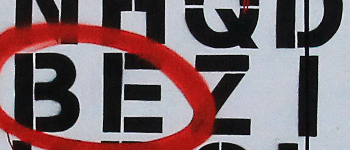Publishers Weekly profiled Eileen Goudge this week. Goudge is an established traditionally-published author who, faced with falling sales and dissolving advances, has taken the independent route.
Once the 2008 recession hit and digital publishing revolutionized the industry, Goudge found her book sales declining and her career in trouble. “To my horror,” she says, “I found I was facing a major crisis as my career went into a death spiral.” Luckily, she found a solution. “For me, she says, “it was self-publish or perish.”
Unusually, this is not a story of untold riches and great fame. Goudge reports modest success.
While Goudge admits that her initial indie sales figures are nowhere near the figures she enjoyed at the height of her traditional publishing career, she notes that she's playing the long game. "As my indie author friends keep reminding me," she says, "this is a numbers game. The more books you publish, the better your numbers. Slow growth versus rapid growth." The book has also received some positive mentions in places like Fresh Fiction and Judith Collins's "Must Read Books" blog.
Of course, an established author will have a platform to build upon. Things are harder when you're starting out -- not least because the stigma of vanity publishing remains, and because it's difficult to stand out amidst hundreds of thousands of poorly written, edited and designed self-published efforts.
The Bookseller this week highlighted one of the relatively few recent self-publishing success stories. W H Smith Travel have signed up to distribute Piers Alexander's self-published first novel The Bitter Trade . You can look for his tale of the English Civil War at an airport near you (or far away from you, depending upon your travel itinerary).
Alexander is clearly not a complete outsider:
Alexander, who is represented by agent Meg Davis of the Ki Agency, said he had been close to securing a trade publishing deal for a while, but “felt strongly” that he “didn’t want to wait” for a traditional deal to be signed. He said: “I decided to invest in industry standard print rather than following a conventional self-publishing route.”
It seems there are two stories here then. Firstly there's the distinction between Alexander's 'industry standard print' and the alternative 'conventional self-publishing route', and secondly there's the suggestion that new print distribution options for self-publishers are opening up.
A further question is the extent to which self-publishing (moderate or runaway) success stories illustrate or buck the true prevailing trends.




